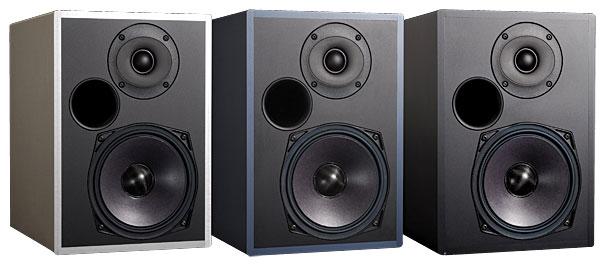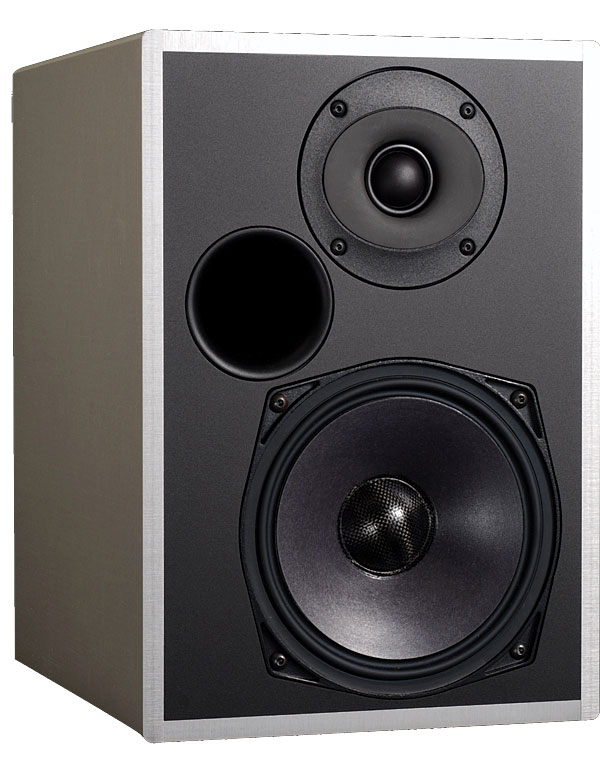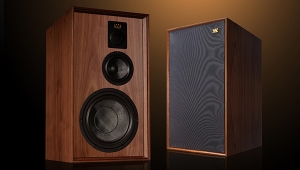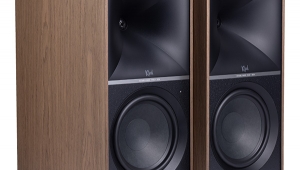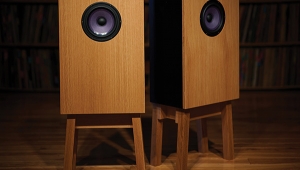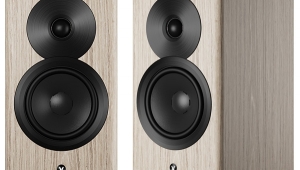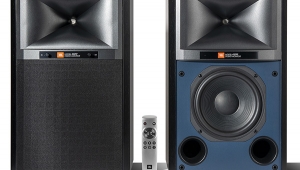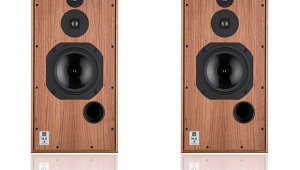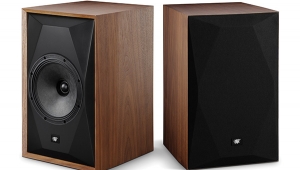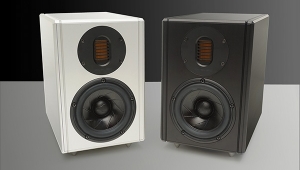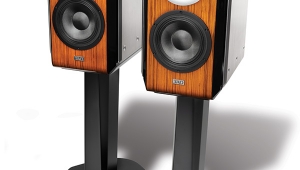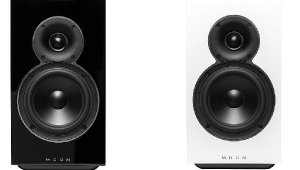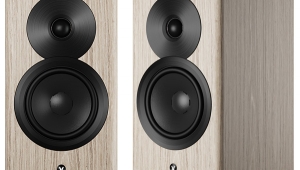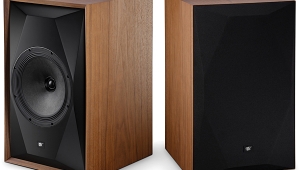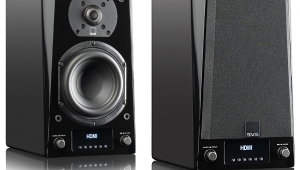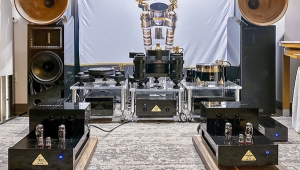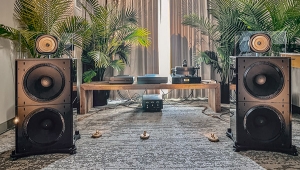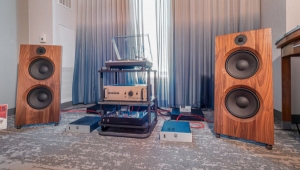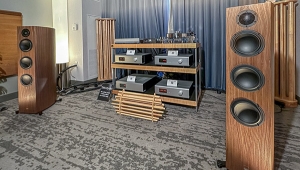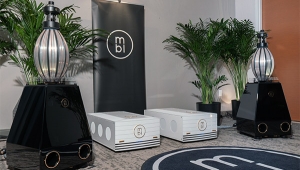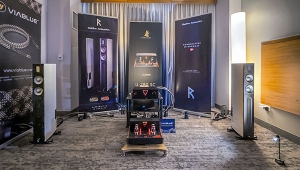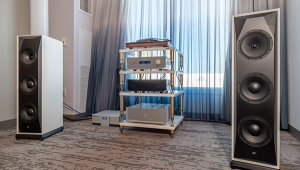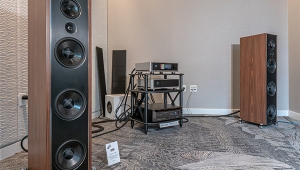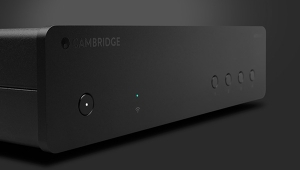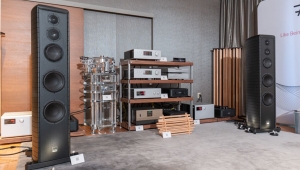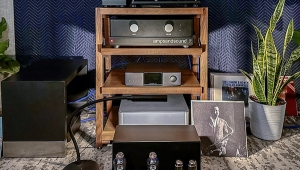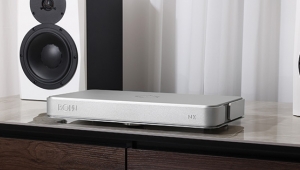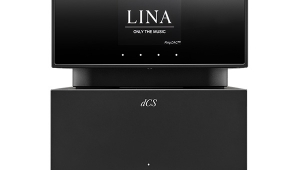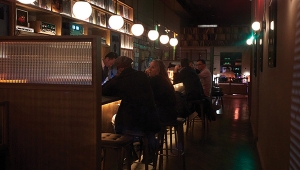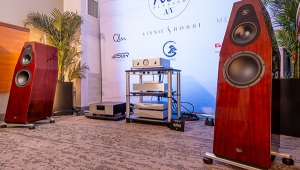| Columns Retired Columns & Blogs |
dear mr dudley
i am sure the alumines sound just great . but my god .... almost 13 grand for a speaker with a five inch woofer is beyond ridiculous . the audio industry has lost its way in a labyrinth of overpriced components that could only appeal to the 1% of zillionaires who don't care what anything costs . the swiss have the most expensive real estate on the planet . they also have the most expensive audio on the planet . the problem with audio components in general is that they have not actually changed in fifty years . despite all the wonderful improvements in amps speakers digital front ends and recording technology -- there has not been a game changing breakthrough in the fundamental way that sound is recreated in a private living space . when will some electronic genius invent a speaker system that sounds exactly like live music inside any desired venue for about a thousand bucks ? now THAT would be news .
doggrell3000
new york city
